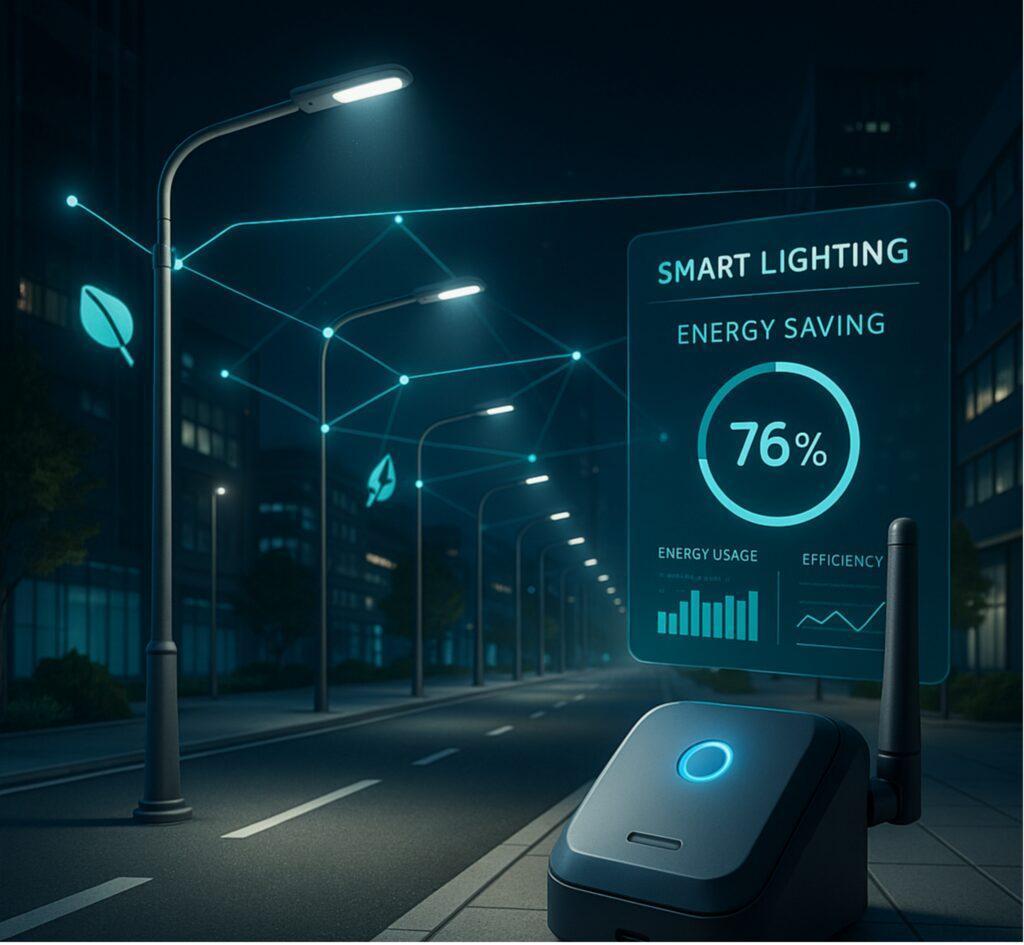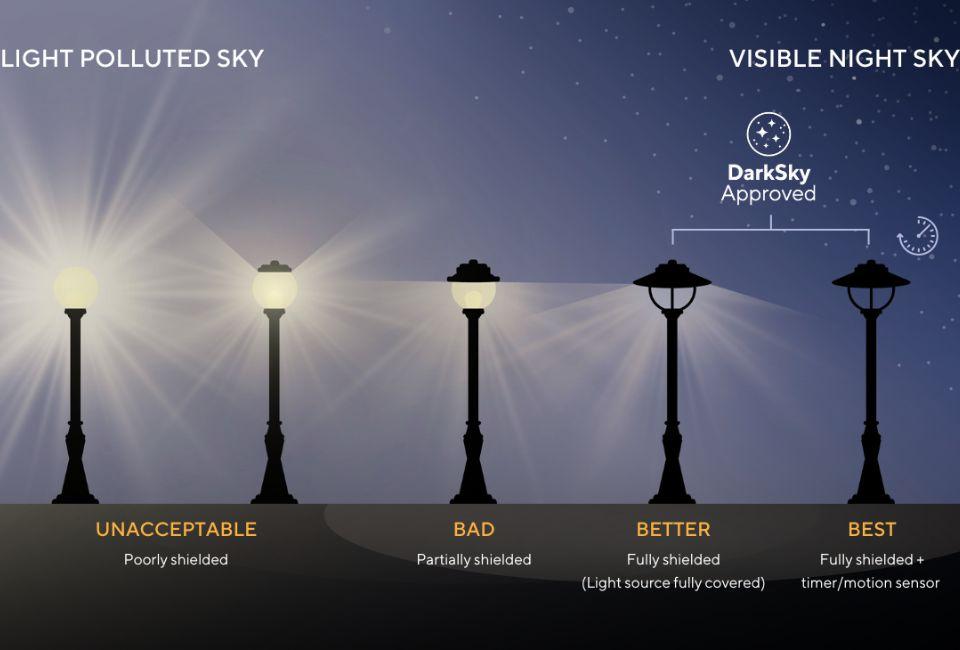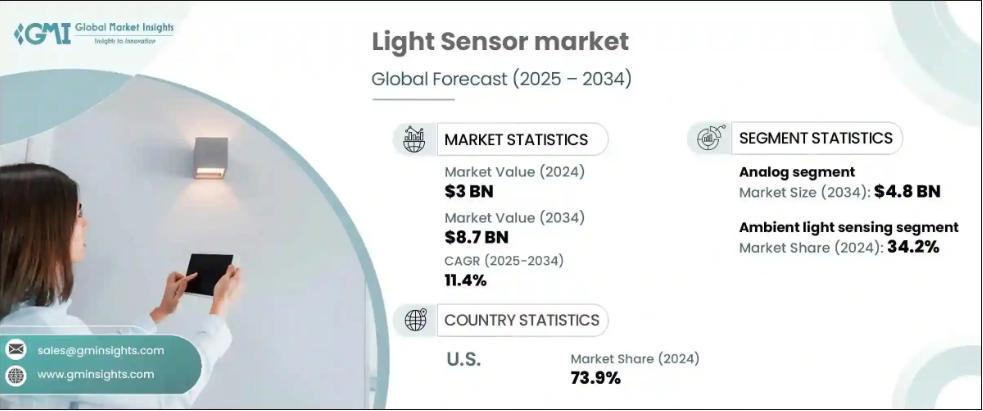Outline
- Introduction
- Why Is There a Growing Need for a NEMA Developer Kit in Modern Smart Lighting?
- How Does Long-Join’s Developer Kit Provide Flexible Development Paths?
- What Core Technical Specifications Make This Kit Suitable for Diverse Applications?
- How Does the Modular Architecture Of NEMA Photo Switch Sensors Enable Full Customization?
- How Can Developers and Integrators Leverage This Kit to Accelerate Innovation?
- Final Words
Why are lighting developers still struggling to build truly smart control systems?
In a world of rapidly evolving smart cities, traditional photocontrols often fall short. They lack flexibility and seamless communication. Integration gets messy. Development cycles drag on. Innovation slows down.
What if there was a smarter way to develop lighting solutions—faster and more efficiently? That’s exactly what Long-Join’s NEMA Developer Kit delivers.
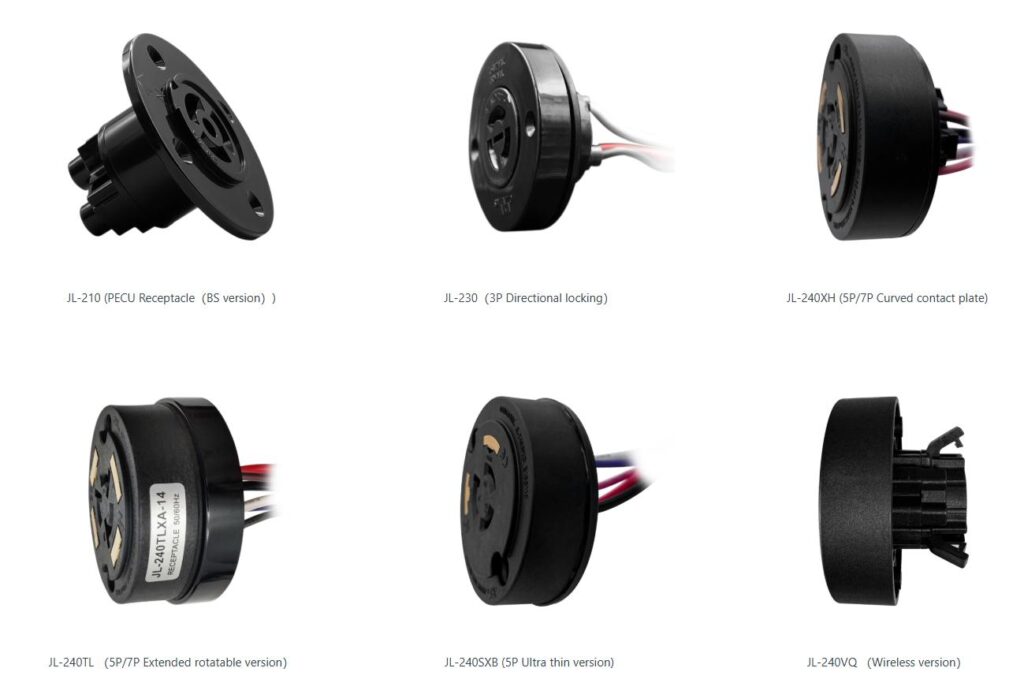
Why Is There a Growing Need for a NEMA Developer Kit in Modern Smart Lighting?
The smart lighting industry is shifting fast. Customers now demand systems that adapt, communicate, and scale. Traditional photocontrols—rigid, closed, or single-protocol—struggle to keep pace.
Common Pain Points for Developers & OEMs
- Few photosensors are programmable.
- They are not instantly ready for communication.
- Third-party platforms integration is a heavy lift.
- Custom interface building is expensive.
- Support for open protocols like MQTT and DALI is limited. This locks developers into vendor ecosystems.
These constraints stifle innovation. They enforce compromises: less flexibility, longer development cycles, or technical debt. Projects become harder to maintain and scale.
With all this in mind, Long-Join’s NEMA Developer PCBA Kit enters as an enabler. It offers a platform built from the ground up for programmability, modular communication, and project-level customization. It bridges the gap between today’s rigid photocell switches and tomorrow’s fully integrated lighting controls.
How Does Long-Join’s Developer Kit Provide Flexible Development Paths?
Long-Join’s kit offers two distinct modes to suit different project needs. One mode hands full control to developers. The other acts as a communication bridge. This flexibility supports software teams and OEMs alike.
Software-Centric Mode Ideal for In-House Platform Integration

In this mode, the photocontroller behaves like a blank canvas. Developers retain full software control over logic, algorithms, and data flow.
Open I/O interfaces expose peripherals like sensors and relays to custom logic. The system supports wireless protocols discussed in the table below. This enables seamless connectivity with modern networks.
Hardware itself is modular and customizable. Pinouts, form factors, and connectors can be adapted per application. This mode is perfect for R&D labs, lighting startups, and organizations building proprietary smart lighting systems.
| Wireless Protocol | Range (Approx.) | Power Consumption | Network Topology |
| Zigbee | 10–100 m | Low | Mesh |
| LoRa | Up to 10 km | Very Low | Star / Point-to-point |
| NB-IoT | Up to 35 km | Low–Medium | Star (cellular) |
| BLE (Bluetooth) | 10–50 m | Very Low | Star / Mesh |
| Wi-Fi | 30–100 m | Medium–High | Star |
Transparent Communication Mode Simplifies Modbus-Based Integration
Here, the kit acts as a transparent communication node. It routes data upstream without applying logic itself. The mode offers plug-and-play connections with PLCs and DALI systems. This reduces integration effort.
Its modular interface enables deployment in mesh networks or multi-node lighting architectures. For integrators who need a seamless upstream data path with minimal adaptation, this mode is ideal.
What Core Technical Specifications Make This Kit Suitable for Diverse Applications?
Below is a concise technical summary of the key parameters that make the Long-Join NEMA Developer Kit robust, flexible, and field-ready:
| Parameter | Specification / Range |
| Operating Voltage | 85 – 305 VAC |
| Load Capacity | 9 A (ballast) |
| Dimming Interface | Auto / 0–10 V / optional DALI2 |
| Life Expectancy | > Standard 3,650 cycles > Long 10,000 > Ultra-long 30,000, UL 773 compliant |
| Protection | Surge withstand: 6 kV ESD: ±15 kV air discharge |
| RTC Backup | Retains clock ≥ 1 week after power cutoff |
| Environmental Range | –40 °C to +85 °C, RH < 96 % |
| Communication Slot | Plug-in module slot for flexible protocol modules |
How These Specifications Align with Real-World Use & Standards
● UL 773 Compliance and Durability
UL 773 establishes safety and performance criteria for plug-in locking photocontrols used in outdoor lighting. The ultra-long life rating ensures the kit can meet or exceed typical UL longevity requirements.
Built-in surge protection and ESD resilience meet harsh outdoor electrical conditions. This reinforces safety and reliability.
● High Load, Wide Voltage, and Dimming Support
Handling 9 A ballast loads and supporting 85–305 VAC ensures compatibility with many lighting systems (LED, HID, etc.). The inclusion of multiple dimming interfaces (auto, 0–10 V, optional DALI2) allows fitting into diverse control schemes without needing additional converters.
● Environmental Resilience & RTC Stability
Diverse temperature operating with high humidity tolerance makes the kit suitable for many global climates. The RTC backup capable of ≥1 week retention ensures time-based functions like schedules and dusk/dawn detection remain accurate even during power outages.
● Modular Communication for Protocol Flexibility
The plug-in communication slot lets developers incorporate smart city modules like:
This modularity ensures future upgrades or protocol changes don’t require replacing the core hardware.
● Long-Life Cycling & Reliability in Field Deployment
The three tiers of life expectancy let integrators choose the variant that matches deployment criticality: standard for general use, long or ultra-long for high-reliability applications. This helps optimize cost vs. durability tradeoffs.
How Does the Modular Architecture Of NEMA Photo Switch Sensors Enable Full Customization?
The Long-Join kit is built on a modular design of Base + Dome + PCBA. Each module can be tailored independently. This guarantees compatibility with existing lighting systems and ensures long-term reliability.

ANSI C136.41 Standard Base Socket Critical for Reliability
The base socket conforms to ANSI C136.41, the de facto standard for photocontrol receptacles supporting plug-in controllers. Many luminaire manufacturers already adopt this interface to enable accessory modules.
A standout feature is the waterproof breathable membrane embedded in the base. This membrane lets air and vapor equalize while blocking liquid water. It prevents internal condensation and pressure imbalance, which otherwise could degrade electronics or optics over time.
Because the base is standardized and robust, it forms a reliable mechanical and electrical foundation. It supports repeated insertion/removal cycles, helps maintain IP ratings, and reduces failure risks in field use.
Custom Dome Options Are Available for Aesthetic and Functional Needs
The kit supports two dome types, each suited for different goals:
| Dome Option | Key Advantages |
| Single Dome | Wide range of colors and aesthetic shapes |
| Double Dome | Adds UV protection and improved thermal control for harsh outdoor use |
Both options carry these technical attributes:
- IP66 rating for dustproof and water jet resistance
- Materials rated UL94-V0 to resist flame spread
- Lightweight construction, typically around 200 g
- Full customization
The double dome’s UV barrier protects internal electronics and optics from sunlight degradation. Its layered design also moderates internal temperature swings. Meanwhile, single domes offer a more minimal aesthetic.
The modular dome design works seamlessly with the base and PCBA. Together, they give developers full control over both form and function. This flexibility allows devices to perform reliably while blending naturally into urban and architectural environments.
How Can Developers and Integrators Leverage This Kit to Accelerate Innovation?
The Long-Join NEMA Developer Kit is designed as a developer-first platform, not just another photoelectric sensor. Its structure is modular. Hardware is standardized. This makes it a scalable foundation for both small pilots and large deployments.
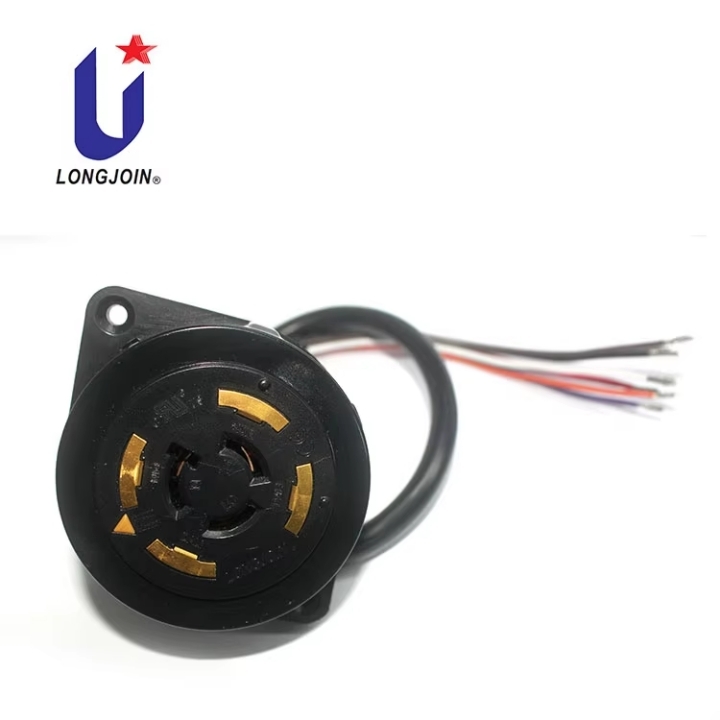
Smart city projects
The kit provides a reliable backbone for intelligent lighting networks. Integrators can plug it into existing ANSI C136.41 infrastructures, customize communication modules, and quickly deploy connected nodes that support BLE, LoRa, NB-IoT, or Modbus.
Its transparent communication mode makes large-scale mesh networks easier to configure without rewriting core logic.
OEM product lines
The software-centric mode allows deep customization. Developers can embed proprietary algorithms, integrate mobile apps, or build energy-saving strategies—all while leveraging proven surge protection, environmental tolerance, and dimming interfaces. This reduces R&D cycles and speeds up market entry.
Custom integrations
The kit acts as a flexible middle layer. It can bridge legacy PLC systems with modern wireless modules, support hybrid dimming protocols, or enable time-sensitive control through its RTC stability. The result is shorter integration timelines and fewer compatibility bottlenecks.
Long-Join backs this with practical support. Developers can request technical documentation, interface details, and evaluation samples to fast-track prototyping.
Engineering assistance ensures projects scale smoothly from lab to field. More than a product, this kit represents collaborative innovation.
Final Words
The developer kit combines robust hardware, flexible architecture, and standardized interfaces to support diverse smart lighting applications. Its modular design and broad protocol compatibility make it ideal for rapid innovation. For dependable sourcing, Chi-Swear offers Long-Join’s NEMA photocontrollers with reliable quality and responsive technical support.
External Links
- https://www.nema.org/
- https://mqtt.org/
- https://www.dali-alliance.org/
- http://www.julixing.com.cn/en/new/new-58-907.html
- https://en.wikipedia.org/wiki/0-10_V_lighting_control
- https://en.wikipedia.org/wiki/LoRa
- https://en.wikipedia.org/wiki/Narrowband_IoT
- https://www.sciencedirect.com/topics/computer-science/zigbee#:~:text=ZigBee%20is%20defined%20as%20an,protocol%20based%20on%20IEEE%20802.15.
- https://www.ansi.org/
- https://www.iec.ch/ip-ratings



